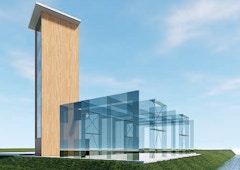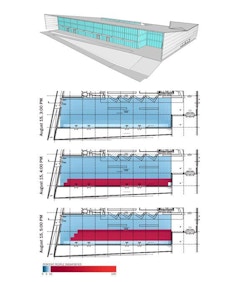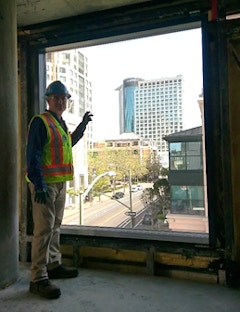BioFacades Classification
Coauthors: Mary Ben Bonham, Department of Architecture + Interior Design, Miami University, Oxford, OH, USA [corresponding] [presenting at the
Coauthors: Mary Ben Bonham, Department of Architecture + Interior Design, Miami University, Oxford, OH, USA [corresponding] [presenting at the
The impacts of climate change, driven by increasing extreme temperature, sea-level rise, and heavy precipitations, interact and play an essential
Sealed indoor environments have created artificial, homogeneous ecosystems that sever ties between humans and the natural world. This paper

Envelope-for-Service (E4S) is a novel business model developed with the aim of converting the building façade from a traditionally traded good to a

The Green Village at the TU Delft is a living lab for sustainable innovations. The Co Creation Centre (CCC) will be their new meeting center (13.5 x

Building envelopes cover a considerable part of the urban exterior surfaces, and to therefore have a significant leverage effect on the climate

High-rise buildings in growing cities could become more vulnerable to variations in wind flow due to the continuous changes in urban topology. The

Building skins play a pivotal role in architecture. Other than the aesthetical and architectural aspects, facades are key to the climate performance,

Recent planning recognizes a growing demand for buildings that provide higher levels of occupant well-being. Often, well-being in buildings is


2020 has been an unusual year, to say the least, presenting a challenge to those entities keen on clarifying what the near future may hold and how it may impact industry performance. Following is a sampling of what some of these entities are saying, with links to more information.

The prominence of climatically responsive building facades through the use of kinetics has proliferated in recent years due to a concern for the


Direct sun on the body is a known potential cause of thermal discomfort for occupants, yet most thermal comfort simulations do not capture its


Today, building facades are expected to do much more than merely provide shelter, which is driving the need for higher performing envelope solutions.